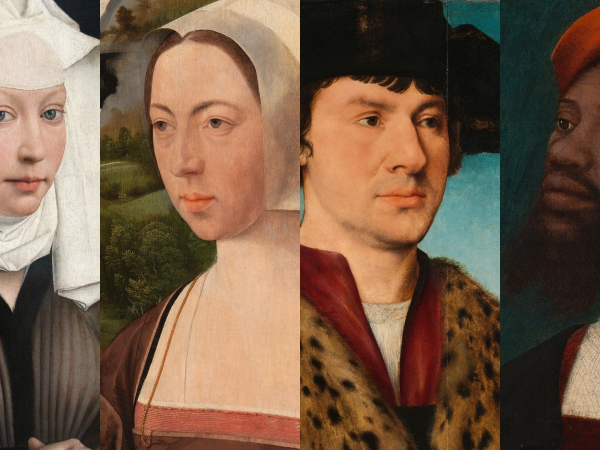Masterclass: The Flemish Technique – Egg Tempera & Oil
During this workshop, students will be introduced to the mixed painting technique that combines egg tempera and oil, as practiced by Flemish masters in the late 15th and early 16th Centuries. This method, evident in the works of Jan van Eyck, Rogier van der Weyden, and Robert Campin, enabled artists to achieve exceptional detail, luminosity, and depth of colour.
The technique blends the clarity and brilliance of egg tempera with the richness and tonal depth of oil. By applying coloured oil glazes over a tempera underpainting, light refracts through the layers, producing a jewel-like radiance unique to this approach.
Students will be guided through each stage of the process, beginning with the transfer of a design onto a traditionally prepared gesso panel. An underpainting is then developed using egg tempera in layers of earth tones—known in Flemish tradition as the ‘dead layer’ due to its monochromatic appearance—which establishes the tonal structure of the painting. Once the underpainting is complete, fine glazes of oil colour are applied using a medium based on a 16th-century recipe, enriching the tones and enhancing the depth of the image. Throughout the course, students will gain insight into historical practices and the importance of material preparation. They will learn how to make egg tempera using fresh egg yolk mixed with pigments, and explore the properties of various oils used to bind pigments into oil paint. While the workshop includes discussion of handmade oils, please note that due to time constraints, these will not be prepared during the course.
During this workshop, students will be introduced to the mixed painting technique that combines egg tempera and oil, as practiced by Flemish masters in the late 15th and early 16th Centuries. This method, evident in the works of Jan van Eyck, Rogier van der Weyden, and Robert Campin, enabled artists to achieve exceptional detail, luminosity, and depth of colour.
The technique blends the clarity and brilliance of egg tempera with the richness and tonal depth of oil. By applying coloured oil glazes over a tempera underpainting, light refracts through the layers, producing a jewel-like radiance unique to this approach.
Students will be guided through each stage of the process, beginning with the transfer of a design onto a traditionally prepared gesso panel. An underpainting is then developed using egg tempera in layers of earth tones—known in Flemish tradition as the ‘dead layer’ due to its monochromatic appearance—which establishes the tonal structure of the painting. Once the underpainting is complete, fine glazes of oil colour are applied using a medium based on a 16th-century recipe, enriching the tones and enhancing the depth of the image. Throughout the course, students will gain insight into historical practices and the importance of material preparation. They will learn how to make egg tempera using fresh egg yolk mixed with pigments, and explore the properties of various oils used to bind pigments into oil paint. While the workshop includes discussion of handmade oils, please note that due to time constraints, these will not be prepared during the course.


